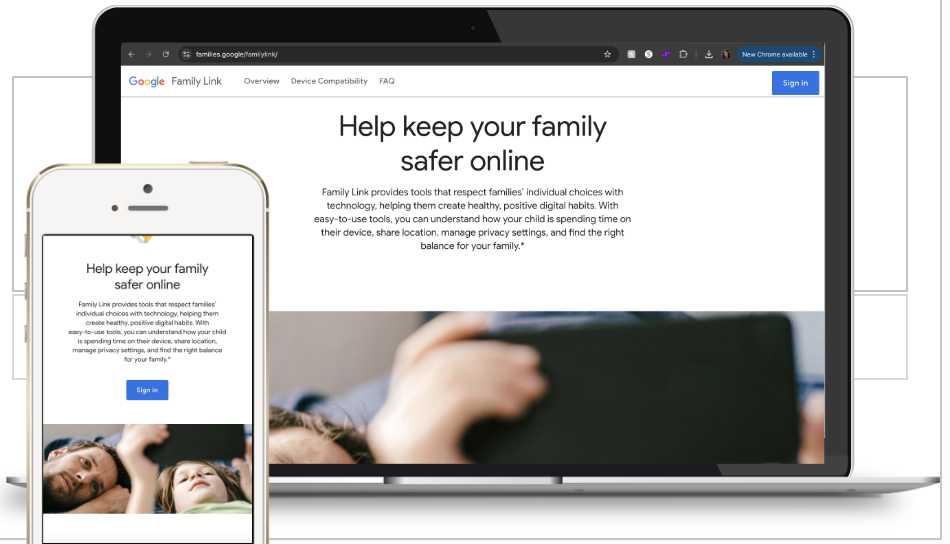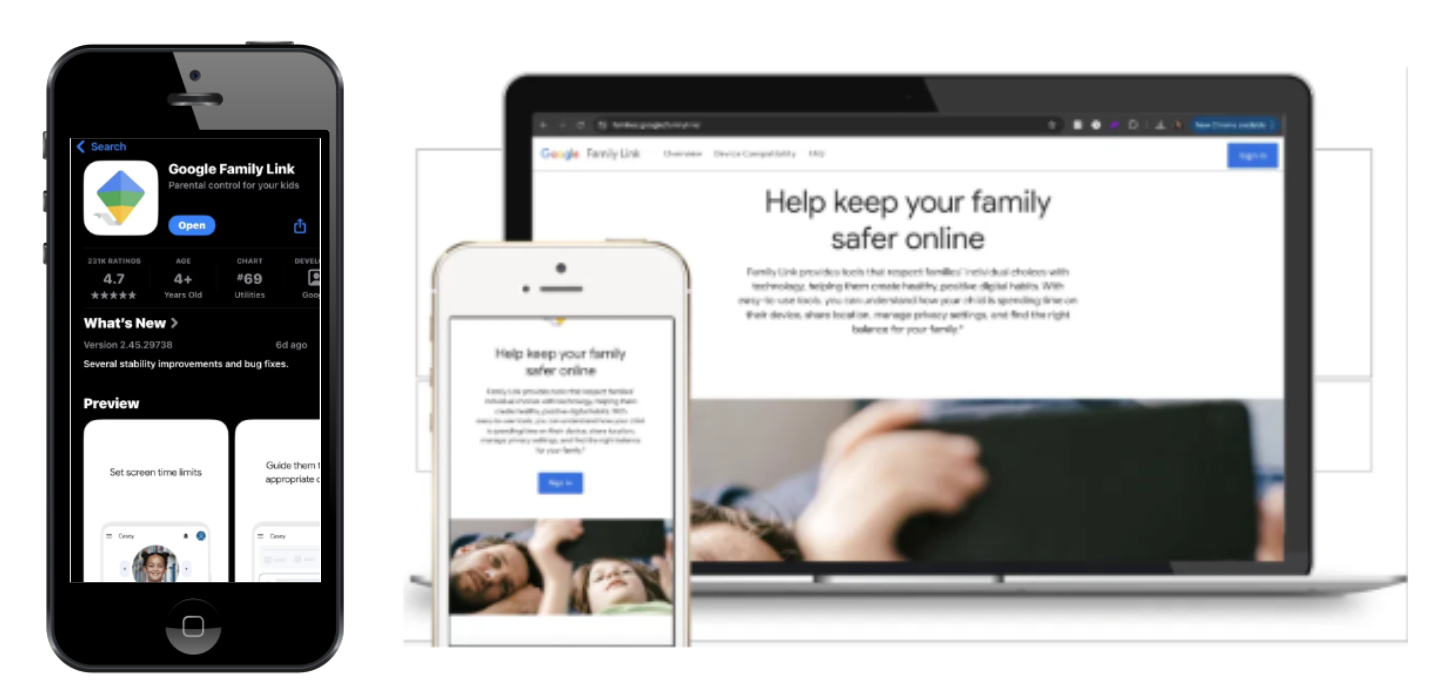Improving Cross Product Journeys & Family Safety On Google

Why
My investigations of Google product reviews by Google users and diary studies suggested that some of the key cross-product journeys on smartphones were flawed and had often led to frequent user frustrations.
Examples included:
- Transitioning from Gmail → Calendar to save an event.
- Navigating from Calendar → Google Maps to get directions on an event saved.
- Parents struggling to locate and set up parental controls for their teens’ Google accounts.
These pain points pointed to a need for improved discoverability, consistency, and trust across Google’s ecosystem.
User Quotes
“I tried to set up parental controls but honestly couldn’t find where to start. I kept jumping between Settings and Google apps and felt stuck.”
“Why does Calendar look and feel so different from Gmail? I thought these were all Google, but it doesn’t flow together.”
“I wasn’t sure if I had actually finished setting up the security step. There was no confirmation, so I didn’t trust that it worked.”
Goal
The research aimed to assess how successfully U.S. Google users completed cross-product journeys on their smartphones, focusing on high-priority flows identified by leadership. In particular, the goal was to evaluate usability, success rates, and trust gaps in everyday journeys involving Gmail, Calendar, Maps, and parental controls.
How
The study was conducted as an unmoderated remote test with 40 participants recruited and conducted on Usertesting.com (even split of Android and iOS users).Participants completed 5 cross-product tasks while recording their screens and answering follow-up questions related to the UXR methodology in place .
The UXR methodologies included:
- Task Success Rates - "Are users able to achieve their goals at all ?"
I measured task success through user self-reports, where participants judged each task as a success or failure based on their real-life standards. I chose this method to understand whether the product truly helps users achieve their goals. Task success rates provide a direct indicator of satisfaction and reveal barriers to completion and so I utilized this method to help answer our questions around user satisfaction. - System Usability Scale (SUS) - "How is this system's usability as compared to other similar systems out there?"
I employed the SUS, adapted from YouTube UXR benchmarks, to capture a standardized measure of perceived usability. Categorizing scores as Poor (0–49), OK (50–74), Good (75–84), and Excellent (85–100) allowed me to benchmark the product against industry norms. This method provided an objective way to validate user feedback, revealing whether the system’s usability was strong or weak independent of users’ individual abilities or subjective impressions. - UX Pitfalls Observation - "What design improvements do we need to make to improve the experience?"
To identify deeper design flaws, I applied Jakob Nielsen’s 10 usability heuristics. This heuristic evaluation uncovered interaction design issues and usability pitfalls that task success rates or SUS scores alone might not reveal. By exposing root causes of friction, it provided actionable insights for fixing user experience flaws in the right way, rather than just treating surface-level symptoms.
FINDINGS

Findings
- Parental Controls: Lowest success rate and poor SUS scores—users struggled to locate and configure settings to keep their teens safe on Google.
- Security & Privacy: Users encountered confusion due to unclear terminology, fragmented navigation, and overwhelming number of options.
- Consistency Gaps: Flows across Gmail, Calendar, and Maps lacked UI alignment, making transitions cumbersome and confusing, clearly a sub optimal experience.
- A T-Test helped determine the OS which showed a lower usability score and hence should be prioritized on the roadmap.
(Exact percentages and scores concealed for confidentiality.)
Impact
The product team immediately jumped onto fixing these issues outlined in my research report which drove several improvements across Google’s ecosystem:
- Feature Discoverability: Simplified access to security actions and parental controls. Insights led to the development of a new Family Link feature, making it easier for parents to manage and secure accounts for their children. Now available as an App for IOS and Android on the App stores.
- UI Consistency: Harmonized terminology and layouts across Gmail, Calendar, Maps, and settings to reduce confusion and by extension the cognitive load on users, leading to a enhanced user experience.
- User Trust: Clearer confirmations after completing sensitive actions, reinforcing confidence and trust on Google’s products.
Together, these changes transformed fragmented experiences into streamlined, secure, and trustworthy journeys across Google’s mobile ecosystem.
Link : Family Link Feature
